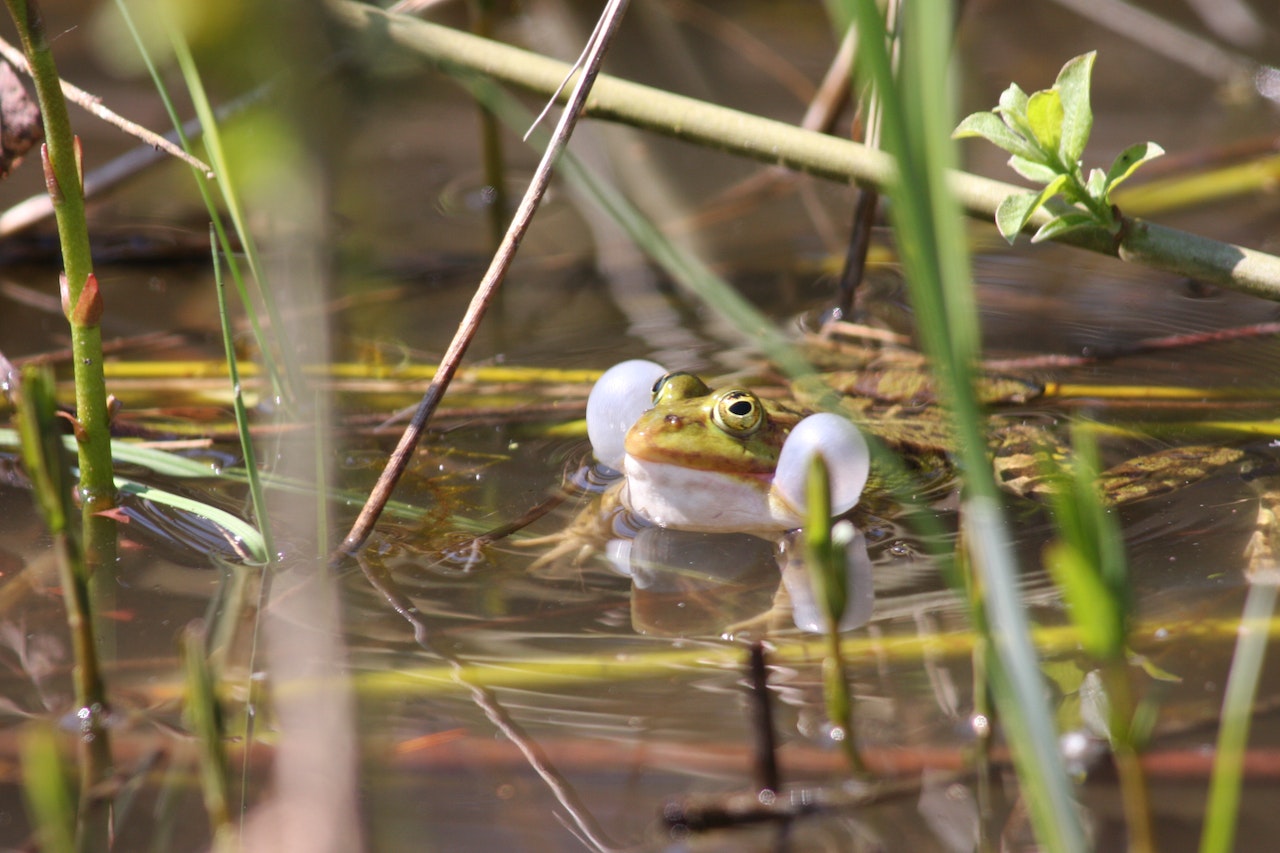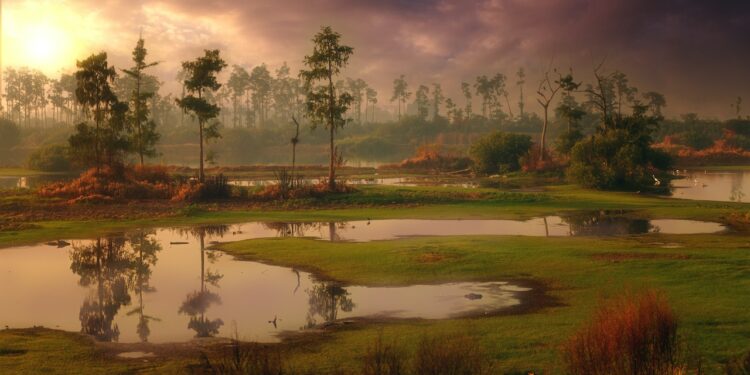Explain Why Salt Marshes Are Restricted to Low Energy Coastlines.
Salt marshes are fascinating ecosystems that thrive in the intertidal zone, where land meets the sea. These unique habitats are characterized by their high salt content and the presence of salt-tolerant plants. But have you ever wondered why salt marshes are restricted to low energy environments? In this article, I’ll delve into the reasons behind this restriction and explore the importance of low energy conditions for the survival and functioning of salt marshes.
Low energy environments, such as sheltered bays and estuaries, provide the ideal conditions for salt marshes to flourish. The absence of strong wave action and currents allows for the accumulation of fine sediment, which is crucial for the growth of salt marsh vegetation. Without this sediment, salt marshes would struggle to establish and maintain their characteristic plant communities.
What are Salt Marshes?
Definition of Salt Marshes
Salt marshes are unique coastal ecosystems that thrive in low energy environments where land meets the sea. They are characterized by the presence of halophytic (salt-tolerant) plants and a mix of saltwater and freshwater known as brackish water. Salt marshes can be found in sheltered bays, estuaries, and other areas where the energy from waves and currents is minimal.
Importance of Salt Marshes
Salt marshes play a crucial role in coastal protection, nutrient cycling, and providing habitat for a diverse range of plant and animal species. Here are some key reasons why salt marshes are important:
- Coastal Protection: Salt marshes act as natural buffers, protecting coastlines from erosion and storm surges. The dense vegetation of salt marshes helps to dissipate wave energy, reducing the impact of storms on nearby land. This not only protects the marsh itself but also helps to safeguard adjacent communities and infrastructure.
- Nutrient Cycling: Salt marshes are highly productive ecosystems that support a wide range of plant and animal life. They serve as nurseries for fish and other marine species, providing them with food and shelter. The dense vegetation of salt marshes traps and cycles nutrients, contributing to the overall health of coastal ecosystems. This nutrient cycling helps to maintain water quality and supports productive fisheries.
- Carbon Sequestration: Salt marshes are effective carbon sinks, meaning they absorb and store carbon dioxide from the atmosphere. The dense vegetation of salt marshes captures carbon through photosynthesis and stores it in the marsh sediments. This helps to mitigate climate change by reducing the concentration of greenhouse gases in the atmosphere.
- Biodiversity: Salt marshes are home to a diverse array of plant and animal species. The mix of saltwater and freshwater creates a unique habitat that supports a variety of specialized organisms. Many bird species rely on salt marshes for nesting and foraging, while numerous fish and invertebrate species use them as nurseries. Salt marshes also provide essential feeding grounds for migratory birds.
Salt marshes are restricted to low energy coastlines due to their specific requirements for sediment accumulation, brackish water, and the absence of strong wave action. Understanding the importance of salt marshes in coastal protection, nutrient cycling, and supporting biodiversity is crucial for their conservation and management. By preserving these valuable ecosystems, we can ensure the health and resilience of our coastlines for future generations.

Conditions Required for Salt Marshes
Low Energy Environments
Salt marshes are unique coastal ecosystems that thrive in low energy environments where land meets the sea. Unlike high-energy coastlines, which are exposed to strong waves and currents, salt marshes are typically found in sheltered areas such as bays, estuaries, and lagoons. The calm waters of these environments allow the deposition of sediment and the growth of halophytic plants.
Salinity
One of the key factors that restricts the presence of salt marshes to low energy coastlines is salinity. Salt marshes are characterized by the presence of brackish water, a mix of saltwater and freshwater. This unique combination of salinity levels is crucial for the survival of halophytic plants, which are specially adapted to tolerate high salinity.
In low energy environments, the limited exchange of water with the open ocean results in a gradual increase in salinity levels. This gradual change allows salt marsh plants to adapt and thrive in the changing conditions. The presence of halophytic plants, such as cordgrass and saltwort, is essential for the stability and functioning of salt marsh ecosystems.
Tidal Ranges
Another important factor that restricts the occurrence of salt marshes to low energy coastlines is tidal ranges. Tidal ranges refer to the vertical difference between high and low tides. In high-energy environments with large tidal ranges, the constant fluctuation of water levels can disrupt the growth and stability of salt marsh ecosystems.
In contrast, low energy coastlines typically experience smaller tidal ranges, which provide a more stable environment for the development of salt marshes. The gradual rise and fall of water levels allow sediment to settle and accumulate, creating the characteristic marshy terrain. The presence of salt marshes helps to dampen the impact of tides and waves, reducing erosion and protecting the adjacent land from storm surges.














































































































